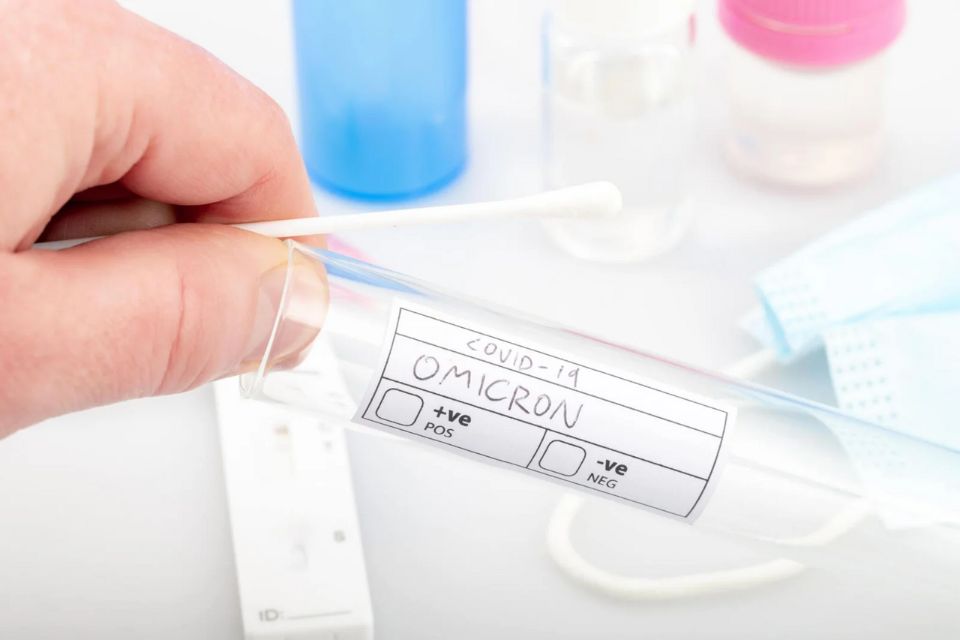HPV Self-Sampling: A Frontier for Boosting Cervical Cancer Screening Rates

Are you aware that HPV self-sampling can significantly increase cervical cancer screening uptake? A recent randomized controlled trial conducted in North Carolina has yielded remarkable results. The study, known as the My Body, My Test-3 (MBMT-3) trial, took place from April 2016 to December 2019 and recruited 697 low-income women aged 25-64 across 22 counties. Strikingly, providing mailed HPV self-collection kits along with appointment assistance nearly doubled the screening rate compared to offering appointment assistance alone.
What is HPV and why is testing so crucial?
Human papillomavirus (HPV) is the primary cause of cervical cancer. Regular HPV testing allows for early detection of infections, enabling timely intervention and prevention. As the study states, "Self-collection is a simple technique by which a simple collection device (e.g., a brush or swab) is used to obtain cervicovaginal cell samples to test for high-risk HPV infection." Traditional HPV testing requires a physician to collect cervical cell samples, but self-sampling empowers individuals to collect their own samples at home, significantly lowering barriers to screening.
Promising findings from the self-sampling study
The trial randomly assigned 697 participants into two groups. The intervention group received not only appointment assistance but also HPV self-sampling kits and instructions for collecting a sample at home and mailing it back for HPV testing. The control group, on the other hand, only received appointment assistance. Remarkably, the screening uptake in the intervention group reached 72%, whereas the control group had only 37% uptake. In the intervention group, an impressive 78% of participants successfully returned their self-collected samples.
As the researchers noted, "Self-collection eliminates the need for an initial in-clinic pelvic examination." This convenient and private approach undoubtedly reduces barriers to screening participation.
Simple, feasible, and cost-effective
Beyond significantly boosting screening rates, HPV self-sampling offers several additional advantages. First, it eliminates the need for in-person physician visits, saving participants time and transportation costs. Second, mailing samples for testing is more cost-effective compared to laboratory testing, enabling wider implementation of screening programs. Finally, for individuals who have long avoided screening, self-sampling reduces psychological barriers.
A 2018 systematic review and meta-analysis found that mailing HPV self-collection kits directly to women resulted in significantly higher self-sampling participation rates compared to sending clinic screening invitations or reminder letters. Therefore, conducting local pilot studies to assess the probable effectiveness of mailed self-collection is most useful before incorporating it into local cervical cancer screening strategies in a given region or country.
Protecting your loved ones
While the study results are exhilarating, efforts are still needed to promote the widespread adoption of this testing method. Regular screening is crucial for cervical cancer prevention, and HPV self-sampling has the potential to benefit more individuals, especially those who are under-screened, low-income, and lack health insurance coverage. Let us take action together to create a healthier, safer environment for ourselves and our loved ones.
Click to View → Mantacc Cervical Sample Collection System
References
Effect of HPV self-collection kits on cervical cancer screening uptake among under-screened women from low-income US backgrounds (MBMT-3): a phase 3, open-label, randomised controlled trial









